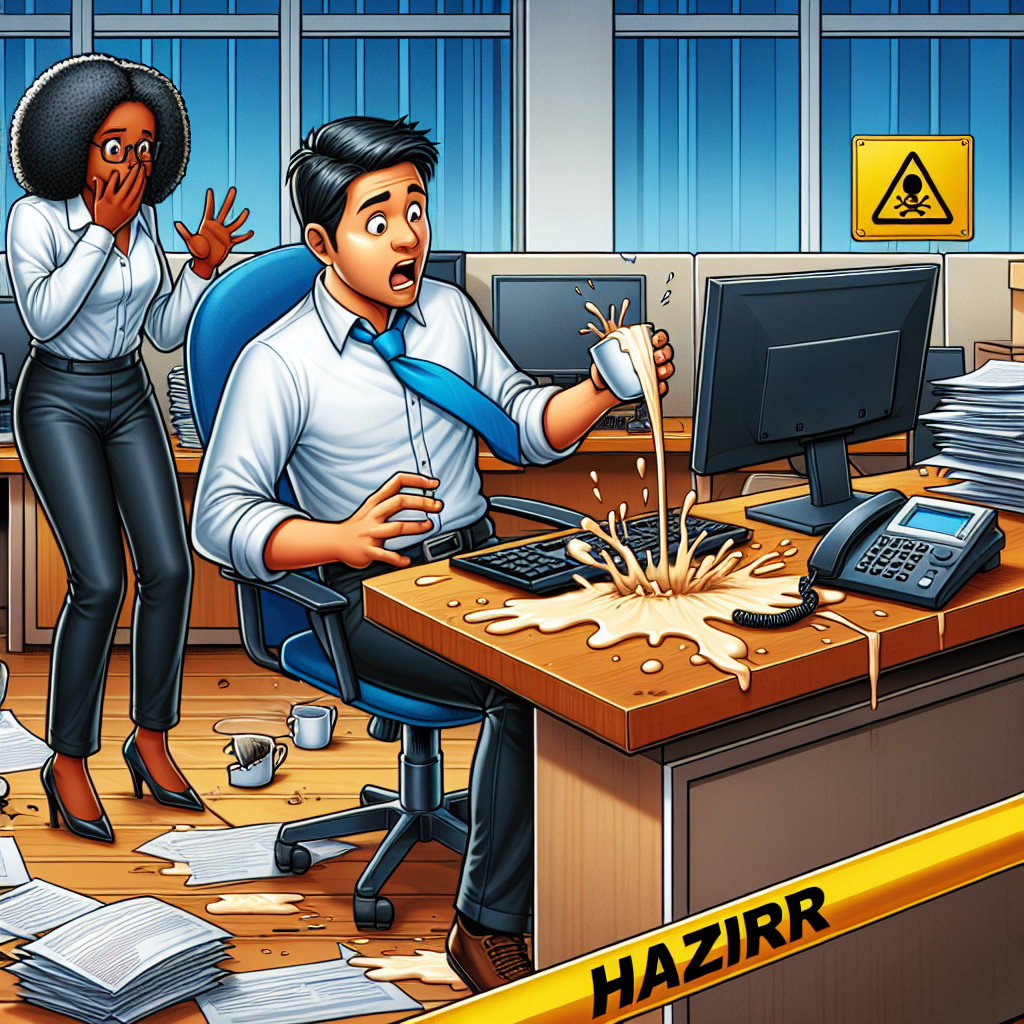Common Accidents in the Workplace: Understanding the Risks and Preventive Measures

Workplace accidents can occur in any industry, posing a significant risk to employees’ health and safety. Understanding the common accidents that can happen in the workplace is crucial for employers and employees alike. By identifying these risks, implementing preventive measures, and promoting a culture of safety, we can reduce the occurrence of workplace accidents and create a safer working environment for everyone.
The Importance of Workplace Safety
Workplace safety is of paramount importance as it not only protects employees from harm but also enhances productivity and reduces financial losses for businesses. According to the Occupational Safety and Health Administration (OSHA), workplace accidents cost employers billions of dollars each year in medical expenses, legal fees, and lost productivity.
Common Accidents in the Workplace
1. Slips, Trips, and Falls: Slips, trips, and falls are among the most common workplace accidents. Wet floors, uneven surfaces, cluttered walkways, and inadequate lighting can contribute to these accidents. Employers should regularly inspect the premises, promptly address any hazards, and provide proper training on safe walking practices.
2. Strains and Sprains: Lifting heavy objects, repetitive motions, and poor ergonomics can lead to strains and sprains. Employers should provide training on proper lifting techniques, encourage the use of mechanical aids, and ensure workstations are ergonomically designed to minimize the risk of these injuries.
3. Machinery Accidents: In industries that utilize heavy machinery, accidents can occur if proper safety protocols are not followed. Employers should provide comprehensive training on machinery operation, enforce the use of personal protective equipment (PPE), and regularly inspect and maintain equipment to prevent malfunctions.
4. Electrical Accidents: Electrical accidents can result in severe injuries or even fatalities. Employers should ensure that electrical systems are regularly inspected and maintained, provide training on electrical safety, and enforce the use of appropriate PPE when working with electricity.
5. Fires and Explosions: In workplaces where flammable materials are present, fires and explosions can occur if proper precautions are not taken. Employers should implement fire safety protocols, provide training on fire prevention and evacuation procedures, and regularly inspect fire suppression systems.
Preventive Measures
1. Conduct Regular Safety Training: Employers should provide comprehensive safety training to all employees, including hazard identification, emergency response procedures, and proper use of PPE. Regular refresher courses should be conducted to reinforce safety protocols.
2. Maintain a Clean and Organized Workplace: A cluttered workplace increases the risk of accidents. Employers should promote cleanliness and organization by implementing regular cleaning schedules, providing adequate storage space, and encouraging employees to maintain a tidy work area.
3. Implement Safety Policies and Procedures: Employers should establish clear safety policies and procedures that address potential hazards specific to their industry. These policies should be communicated effectively to all employees and regularly reviewed and updated as needed.
4. Provide Personal Protective Equipment (PPE): Employers should assess the workplace for potential hazards and provide appropriate PPE, such as safety goggles, gloves, helmets, and ear protection. Regular inspections should be conducted to ensure employees are using PPE correctly.
Conclusion
Workplace accidents can have severe consequences for both employees and employers. By understanding the common accidents that can occur in the workplace and implementing preventive measures, we can create a safer working environment. Regular safety training, maintaining a clean workplace, implementing safety policies, and providing appropriate PPE are essential steps in reducing workplace accidents. Prioritizing workplace safety not only protects employees but also enhances productivity and saves businesses from financial losses.







